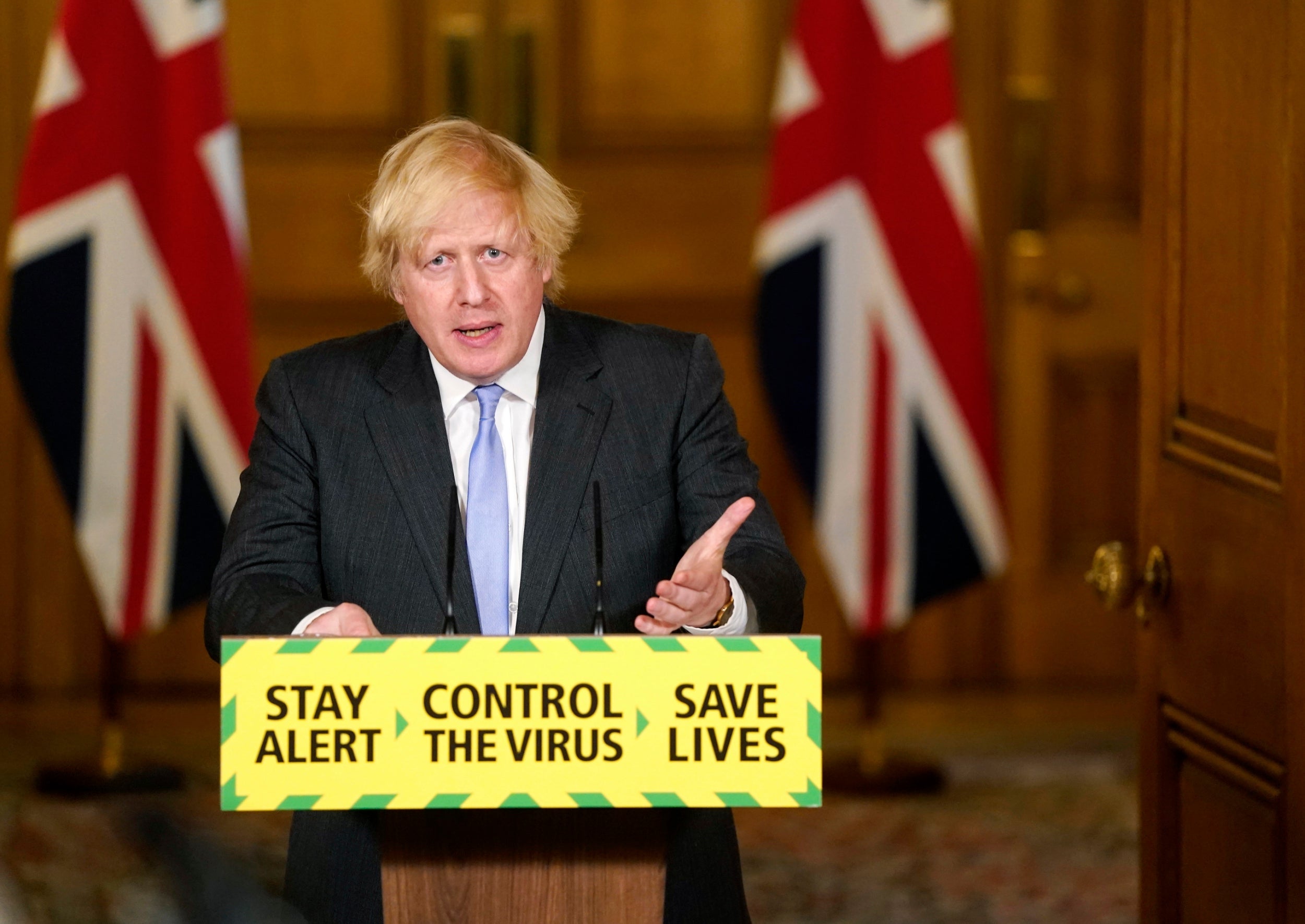The latest tactic Boris Johnson has lifted from the Trump playbook is televised press briefings with his personal spokesperson
A ‘White House-style’ briefing live from No 10 is expected to start in October. It will all end in tears, predicts John Rentoul


Is this the final nail of Americanisation in our politics or a long-overdue step towards greater openness and accountability?
A “White House-style” televised daily briefing of journalists by the prime minister’s spokesperson is expected to start in October. Fittingly, this was reported by journalists today citing anonymous Downing Street sources.
Televising the daily briefing was considered by Alastair Campbell, Tony Blair’s press secretary, as he tried to reset the relationship between the Labour government and the media around the turn of the century. Blair and Campbell decided against it, because it would have made Campbell even more the star – and increasingly the villain – of his own show. Instead, Campbell went in the opposite direction, appointing a civil servant to answer journalists’ questions at daily briefings in an attempt to take some of the political heat out of the exchanges, which were put on the record but remained off-camera.
It was not just Blair’s reluctance to allow Campbell to “become the story” that kept these briefings low key (Campbell became the story anyway in the fallout from the Iraq war). Newspaper journalists were also divided about the idea of televising their briefings, which some of them feared would be dominated by the broadcasters. Which may be part of the reason the off-camera arrangement has survived for two decades.
Currently, the daily briefing is held by telephone conference, in which Jason Groves, the political editor of the Daily Mail, who is chair of the parliamentary lobby, puts questions on behalf of all Westminster journalists to James Slack, the civil servant who is the prime minister’s official spokesperson.
Before the coronavirus struck, Boris Johnson’s political advisers got into an absurd dispute with lobby journalists about exactly where the physical meetings to brief journalists should take place. Some briefings were moved from parliament to Downing Street – a pointless inconvenience from journalists’ point of view.
The plan to hold televised briefings, which would be in No 10, seems designed to move on from that argument when social distancing rules allow physical meetings to become possible again.
The temptations, from the point of view of the prime minister’s head of communications, Lee Cain – who is a political adviser rather than a civil servant – are the same as they were for Campbell two decades ago. He thought that, if he were on TV, the British people would imbibe the government’s message directly from him without it being twisted by the scribbling tribe of troublemakers. A televised briefing on the government’s “home” turf of No 10 also asserts its authority.
Cain may have been influenced by the visual impact of the daily coronavirus briefings, with the wood-panelled No 10 backdrop and the flags (another American touch) – although those briefings were so successful that they have now been dropped, and there is a big difference between the public address from a minister and one from a “spokesperson”.
We do not know who this person will be. It seems unlikely that it would be a civil servant, as the service would not want to be drawn into such a high-profile role – although as Sir Mark Sedwill, the head of the civil service, is going, that may change. During the Falklands war in 1982, daily televised briefings were given by Ian McDonald, a Ministry of Defence civil servant, but that was a special, short-term case.
But if it is a political appointee, that person is bound to become the focus of media attention. Johnson may want that, in order to reduce his own exposure, but other ministers are bound to resent an apparatchik who takes more of the limelight from them.
In the end, the relationship between a government and the media – or, given that we are mimicking American presidential politics, between a prime minister and the media – cannot be fixed by fixes.
As Campbell discovered, once the relationship is broken, it cannot be put right by putting briefings on the record, or getting a civil servant in, or having the prime minister hold monthly press conferences, or any of the things he tried.
I predict televised daily briefings will end in tears.
Join our commenting forum
Join thought-provoking conversations, follow other Independent readers and see their replies
Comments